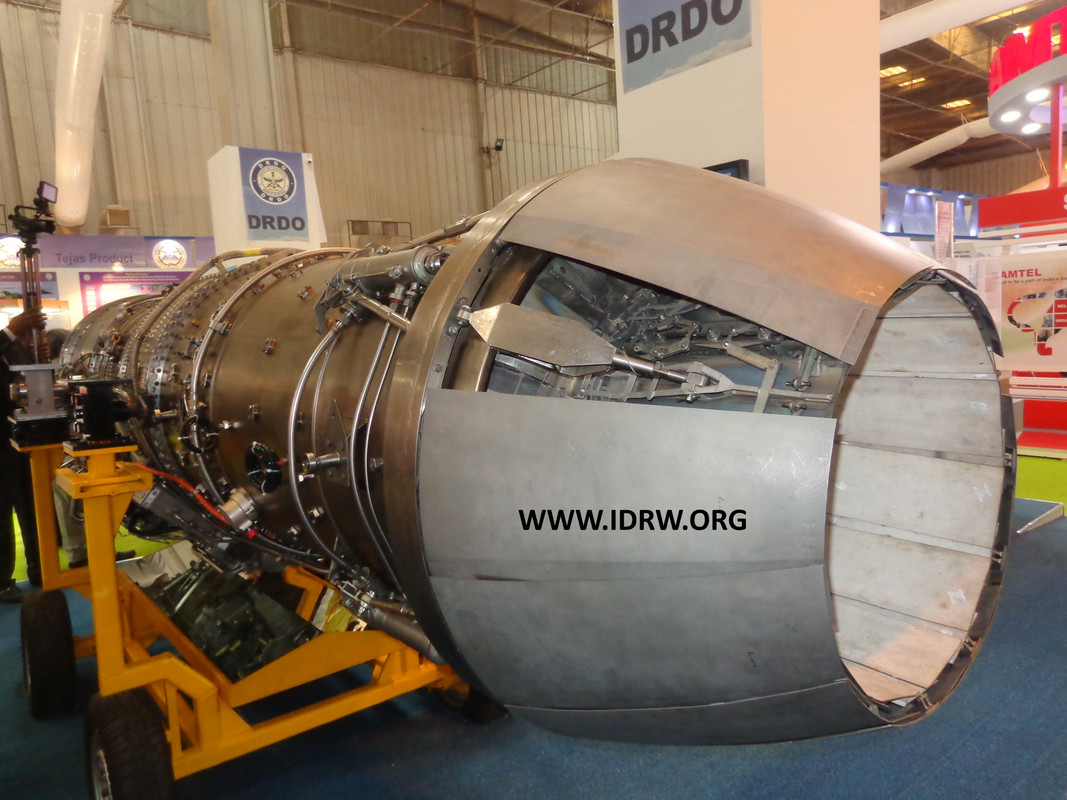SOURCE: RAUNAK KUNDE / NEWS BEAT / IDRW.ORG


HAL officals shed light on idrw.org why AMCA will require unique engine thrust. Central to this development is the creation of a new engine specifically tailored to meet the unique requirements of India’s operational environment. The AMCA will be powered by two 110kN thrust class engines, ensuring superior performance and reliability even under the country’s challenging hot and humid conditions.
One of the standout features of the AMCA is its capability to supercruise, allowing it to sustain supersonic speeds without engaging afterburners. This is achieved through the powerful 110kN thrust class engines, which are designed to generate sufficient power for the aircraft’s radar and avionics systems.
However, the challenge lies in the fact that most global engine manufacturers do not design engines with the specific thrust-to-weight ratio required for the AMCA. This necessitates the involvement of India’s Gas Turbine Research Establishment (GTRE), under the Defence Research and Development Organisation (DRDO), to spearhead the development of a new engine tailored for the AMCA program. This endeavour will involve collaboration with foreign Original Equipment Manufacturers (OEMs) to ensure cutting-edge technology and reliability.
One of the critical aspects of the new engine design is its ability to perform optimally in India’s hot and humid weather conditions, where temperatures can soar to 50 degrees Celsius. Fighter jets operating in such environments typically lose around 10 per cent of their power, a significant handicap in combat situations. To address this, the AMCA’s engine will be purpose-built to withstand these extreme conditions without compromising performance.
The AMCA’s engine is not just designed for current needs but also with future growth potential in mind. The engine will have a dry core thrust capacity of 75kN, ensuring that it does not stress the engine even under the most demanding conditions. This capability will maintain the aircraft’s supercruise and stealth performance, essential features for a 5th-generation fighter jet.
Furthermore, the engine will be designed with scalability in mind. The core of the engine can be expanded to provide higher dry and wet thrust outputs, making it adaptable for future upgrades and variations. This flexibility ensures that the AMCA remains at the forefront of technological advancements and combat readiness for years to come.
NOTE : Article cannot be reproduced without written permission of idrw.org in any form even for YouTube Videos to avoid Copy right strikes. Websites doing illegal reproductions will get DMCA and Legal Notices.